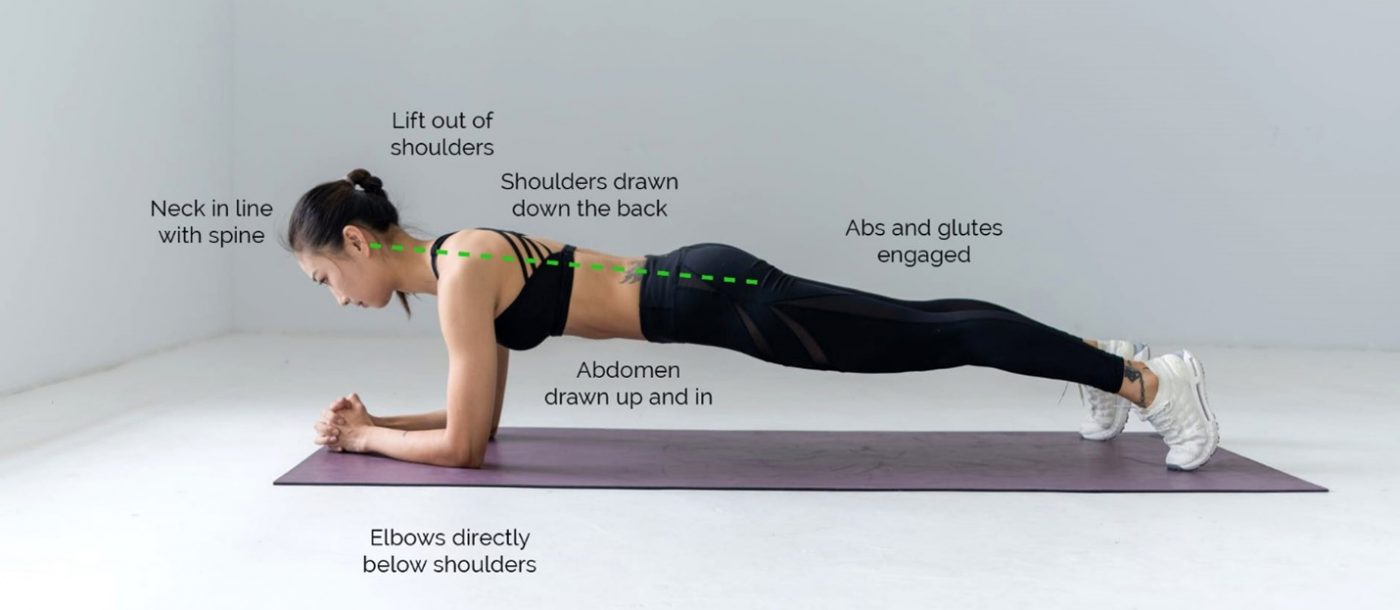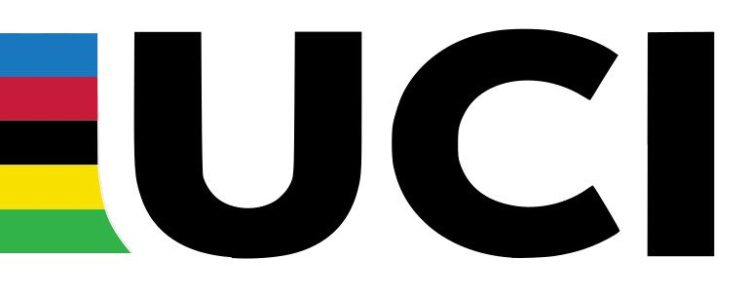Core Strength: The Unsung Hero of Cycling Power and Efficiency
By Christopher Schwenker
Understanding the Impact of Strong Core Musculature on Optimizing Cycling Performance and Preventing Injury
Cyclists often hear about the importance of core strengthening, but the specifics—what the core muscles are and why they’re critical—remain ambiguous for many riders, especially those who seek any excuse to avoid sacrificing time in the saddle for time in the gym. Picture trying to pedal while sitting on a soft pillow; your efforts are inefficient and ineffective without a solid base.
The “core” encompasses more than just abdominal muscles; it includes the back, hips, and pelvic muscles, forming a vital link between your upper and lower body and a power-producing platform. Strong trunk muscles enhance your cycling performance by improving stability and power transfer and also play a crucial role in maintaining comfort and preventing injuries.
By delving into the mechanics of core strength, we can lay a foundation of core strengthening fundamentals to build on as a central element of any cyclist’s training regimen.
What Does Core Mean?
The core muscles, which surround and attach to the spine and pelvis, play a crucial role in stabilizing these areas and maintaining proper posture. Unlike the quads and hamstrings, which cyclists always praise for their power, the core muscles are the unsung heroes of cycling performance, providing riders stability and balance in the saddle.
A study highlighted in the journal Current Sports Medicine Reports asserts, “core stability and its motor control have been shown to be imperative for initiation of functional limb movements, as needed in athletics. Therefore, sports medicine practitioners use core strengthening techniques to improve performance and prevent injury.”
Furthermore, core strengthening is essential in spinal rehabilitation and recovery from back injuries. According to the study Core strengthening exercises for low back pain, “the best available evidence suggests that a core strengthening program may be beneficial in reducing pain scores, functional disability, and recurrences of acute low back pain episodes.”
The research highlights the vital function of core strength in athletic performance and injury prevention.
What Muscles Form Our Core?
The core muscles, essential for stability, movement, and a host of other vital roles, include various groups with specific functions:
- Rectus Abdominis: Often referred to as the “abs,” these muscles extend along the front of the abdomen, contracting to flex the spine by pulling the rib cage towards the pelvis.
- Obliques: Located on the trunk’s sides, this muscle group consists of external and internal sections. They rotate the spine and facilitate bending and turning movements.
- Transverse Abdominis: This muscle group encircles your torso and is interwoven with your lower back muscles, providing essential spine stability.
- Erector Spinae and Multifidis: These elongated muscles run parallel to the spine and support each vertebra. They counteract the abdominals to help maintain an upright posture.
- Diaphragm and Pelvic Floor: These muscles attach to the pelvis, support internal organs, and control breathing. They also help regulate the pressure within the abdominal cavity.

(Image – Core Anatomy)
How About The Glutes?
Are the glutes part of your core? While not traditionally classified as core muscles, the glutes play a crucial role in cycling performance and injury prevention. They control the pelvis and interact closely with other core muscles, significantly impacting trunk stability and posture.
The constant bent-over position in cycling tends to shorten the hip flexors—muscles at the front of the thigh that connect to the pelvis—leading to a forward pelvic tilt and an excessive arch in the lower back. Strengthening the glutes can help counteract this issue by tilting the pelvis back into a more neutral position, alleviating potential pain, and improving power production.
Thus, considering the glutes as an integral part of the core muscle complex supports the importance of focused strengthening, muscular activation, and flexibility training for cyclists to enhance performance and reduce injury risk.
Why is Core Strengthening Essential For Cyclists?
Cycling primarily engages the leg muscles, yet achieving proper cycling posture—supported by three points of contact at the saddle, pedals, and handlebar—depends heavily on core strength. However, cycling alone does not sufficiently stimulate the core to strengthen it. Without adequate core training, these muscles can quickly fatigue during a ride, leading to a gradual decline in form and efficiency in power production.
A recent Core Training Study emphasizes that “the core, more often than not, functions to prevent motion rather than initiating it” and further notes that “the core makes the rest of the body more capable.”
A solid core minimizes unnecessary body movement on the saddle, effectively converting the energy produced into a smooth pedal stroke. It provides the stability necessary for riders to pedal from a centralized base, utilizing the full support of their trunk and spinal column rather than relying solely on their quads.
Without a stable core, even cyclists with significant leg strength cannot utilize their power effectively. A strong core enhances power transfer through the pedals, reduces injury risk, and improves posture, making it a critical component for optimal cycling performance.
Which Core Strengthening Exercises Are Most Effective?
When considering a core strengthening program, it is crucial to select exercises that effectively and efficiently target the intended muscles. A 2013 study from Penn State University, published in the Journal of Strength and Conditioning Research, examined 16 different core exercises to identify those that maximally activate muscle groups and enhance functional gains and peak performance.
The study highlighted that “isolation” exercises specifically focused on the abdominals are less effective than “integration” exercises. Isolation exercises, such as the abdominal crunch, involve simple, localized movements targeting a single muscle group. In contrast, integration exercises, like the hover or plank, are complex, multi-joint activities that activate trunk muscles and co-contract limb muscles.
The researchers found that the activity of the abdominal and lumbar muscles was highest when they worked in concert with the limb muscles. This synergy, involving activity at the shoulder and hip joints, necessitates greater activation of the primary abdominal and back muscles and the distal limb musculature.
This study underscores the importance of including multi-joint glute and core strengthening in a cyclist’s training plan, elements crucial for enhancing performance and reducing the risk of injury.
Which Core Strengthening Exercise is the Best?
The Winner is The Plank!
According to the above study, the plank exercise stands out as the most effective for engaging and strengthening the core muscles. The study particularly highlights the importance of the hovering aspect of the plank in challenging the core.
The researchers emphasized, “Abdominal and lumbar muscle activity was greatest when balance was challenged, by adding complex movements to these traditional core exercises.”
Despite its benefits, core strengthening often remains an overlooked area among cyclists. However, starting with the plank can efficiently provide significant improvements in core strength, offering the best results in the shortest amount of time for those looking to enhance their cycling performance and reduce injury risk.
Here’s how!
Tips for Proper Plank Form
To achieve the most effective plank, follow these essential guidelines:
- Base of Support: Maintain balance on your elbows/forearms and the balls of your feet or knees.
- Elbow Alignment: Ensure your elbows are positioned directly beneath your shoulders.
- Foot Positioning: Keep your feet about hip to shoulder-width apart.
- Head and Neck: Keep your head and neck relaxed.
- Shoulder Stability: Stabilize your shoulders on your torso by tucking in your shoulder blades.
- Activation: Squeeze your thighs and glutes, lock your knees, and tuck in your tailbone.
- Heel Movement: Drive your heels backward.
- Core Engagement: Brace your core by drawing your belly towards your spine and breathing comfortably throughout your plank hold.

Common Plank Mistakes to Avoid
To ensure the effectiveness of your plank and prevent injuries, avoid these common errors:
- Hips and Back: Don’t let your hips or lower back sag.
- Butt Position: Avoid lifting your butt too high in the air.
- Pelvic Tilt: Do not tilt your pelvis forward or perform an anterior pelvic tilt.
- Upper Back: Resist the urge to round your upper back.
- Neck Strain: Do not strain your neck by allowing it to droop or hang too low.
- Shoulder Blades: Keep your shoulder blades from winging out by stabilizing your shoulders on your ribs.
- Breathing: Absolutely do not hold your breath.
- Technique vs.Time: Avoid sacrificing your technique for a longer time in the plank position.
Adhering to these tips and avoiding common mistakes will help you maximize the benefits of the plank exercise and improve your core strength effectively.
Make core strengthening an essential part of your cycling training plan to optimize performance and prevent injury!
About the Author
After over twenty years as director of his private physical therapy practice, Chris stepped away to pursue his passion for virtual cycling and writing. He founded TheZommunique.com, the leading source of independent cycling esports journalism, is a frequent contributor to Cycling Weekly, Cycling News, and road.cc, and co-hosts The Virtual Velo Podcast. He cycled 3,900 miles across the US in 2022 to support his virtual cycling non-profit, The DIRT Dad Fund.






















